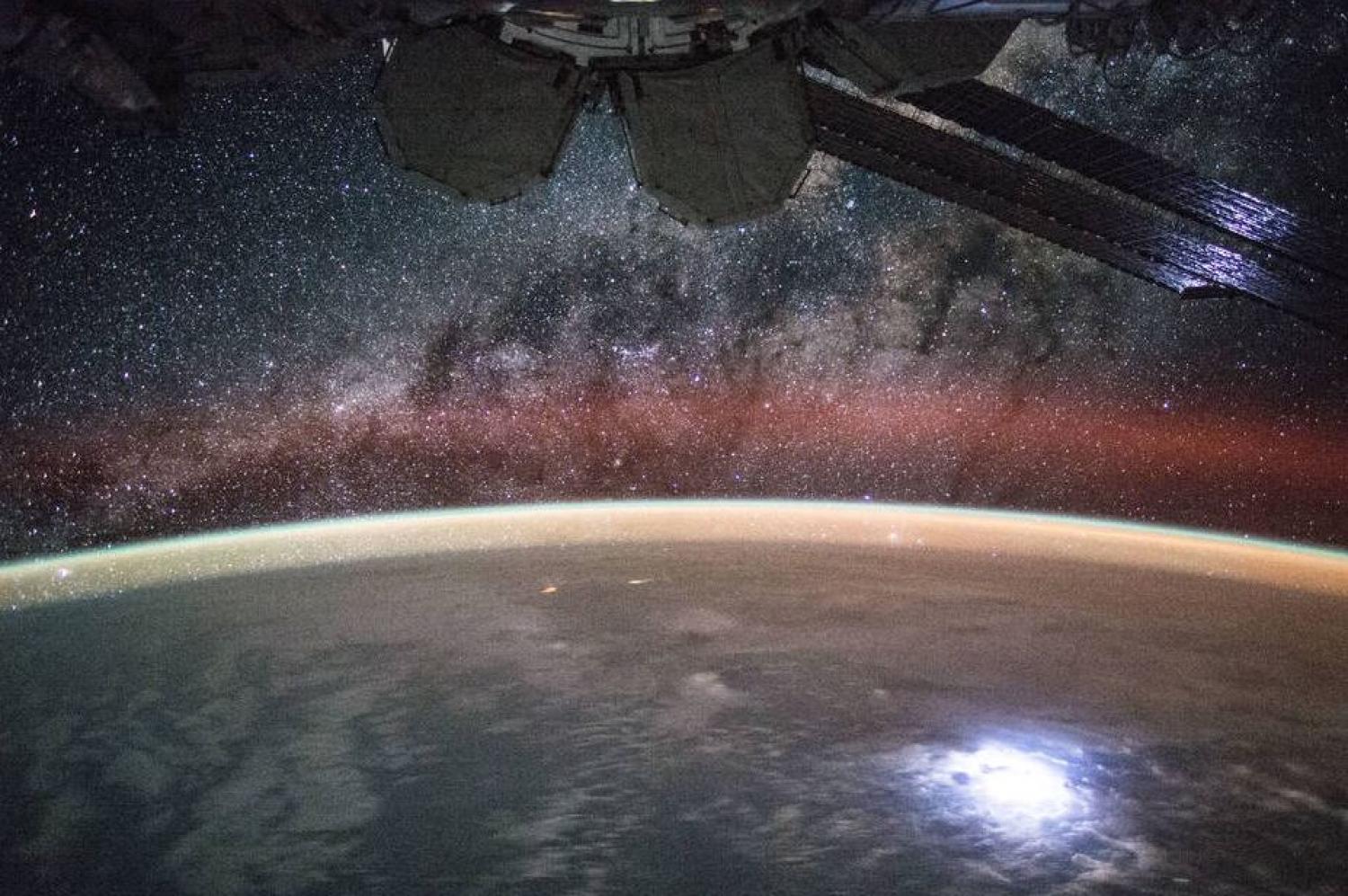NASA Selects Mission to Study Space Weather from Space Station

From NASA: NASA has selected a new mission that will help scientists understand and, ultimately, forecast the vast space weather system around our planet. Space weather is important because it can have profound impacts – affecting technology and astronauts in space, disrupting radio communications and, at its most severe, overwhelming power grids.
The new experiment will, for the first time, obtain global observations of an important driver of space weather in a dynamic region of Earth’s upper atmosphere that can cause interference with radio and GPS communications.
The Atmospheric Waves Experiment (AWE) mission will cost $42 million and is planned to launch in August 2022, attached to the exterior of the Earth-orbiting International Space Station. From its space station perch, AWE will focus on colorful bands of light in Earth’s atmosphere, called airglow, to determine what combination of forces drive space weather in the upper atmosphere. Read more...
NESS Note: Dr. Robert MacDowall, Deputy Director and Deputy Principal Investigator of NESS, is the PI of the recently selected lunar lander payload involving a radio receiver system to be placed on the lunar nearside. The instrument is a low-frequency radio spectrometer to provide radio spectra from 10 kHz - 10 MHz (or possibly 30 MHz) with 1-second resolution. These Radio wave Observations at the Lunar Surface of the photoElectron Sheath (ROLSES) will permit determination of the photoelectron sheath density from ~0-2 m above the lunar surface, using antennas at 1 m and 2 m above the surface (see figure). This is of scientific value and is also important to determine if there will be an effect on the antenna response of larger lunar radio observatories with antennas on the lunar farside.

